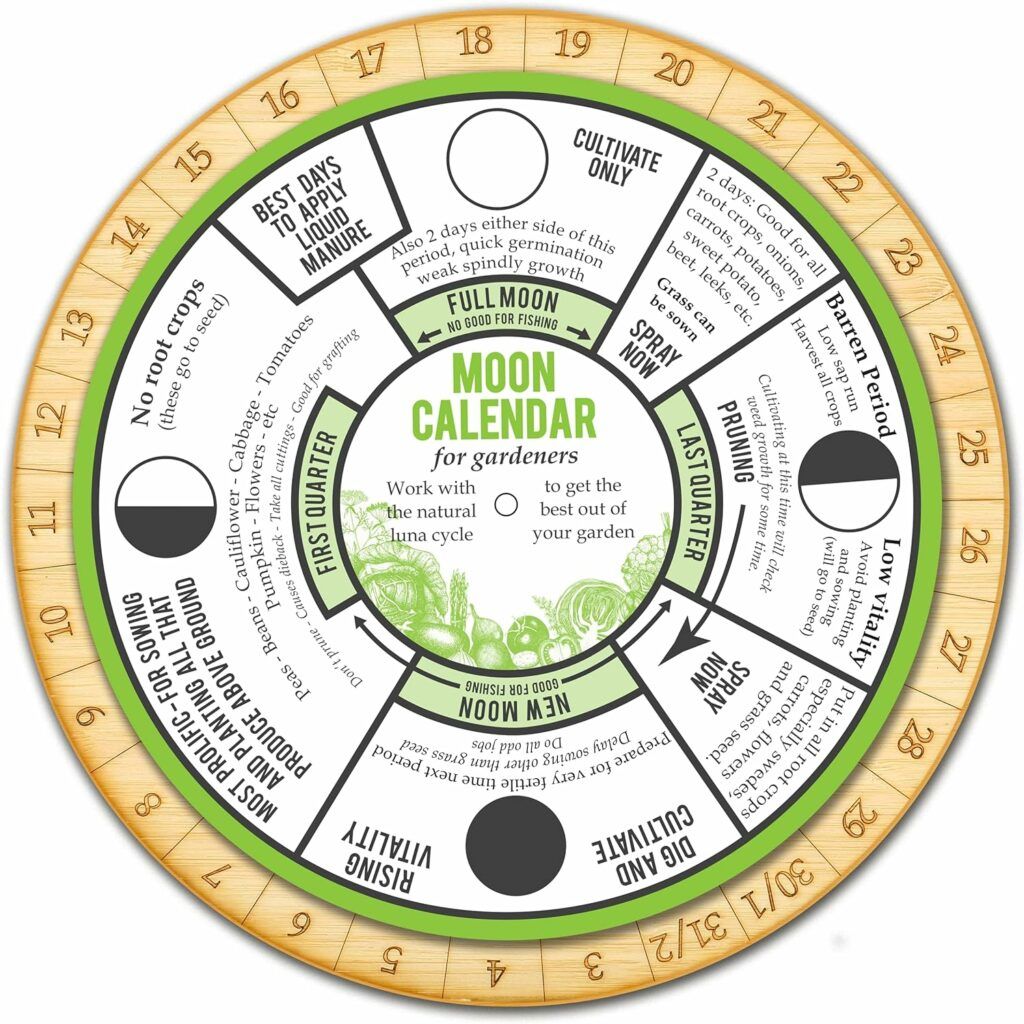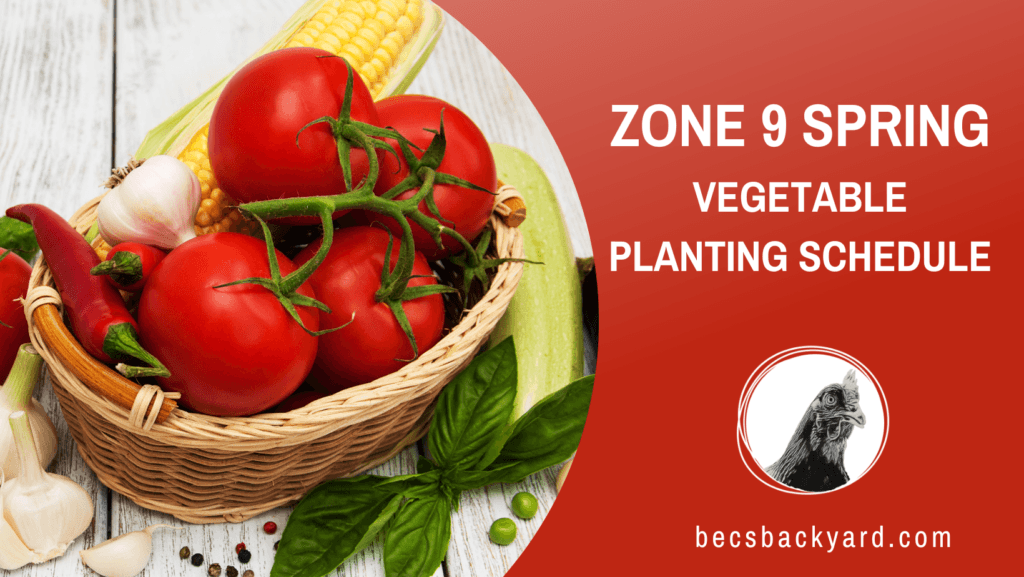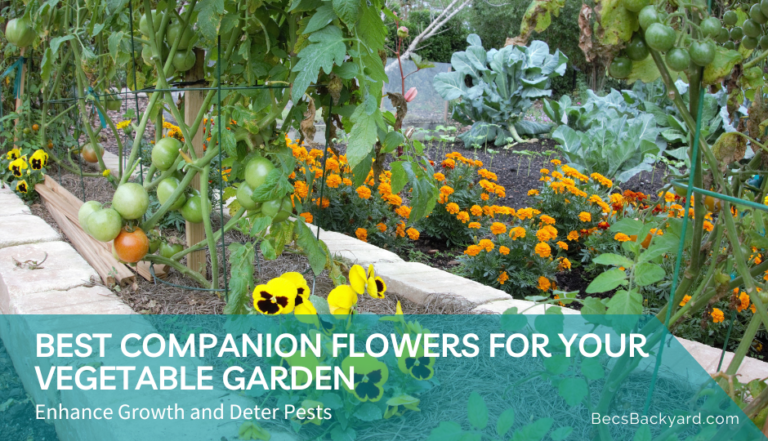Zone 9 Spring Vegetable Planting Schedule: Your Guide to a Successful Harvest

Temperatures are warming and spring planting should be on your mind. Gardeners in Zone 9 enjoy one of the longest growing seasons, which allows for a bountiful and diverse array of vegetables to be planted and harvested throughout the year. Zone 9 Spring Vegetable Planting Schedule takes into account the mild winters and early springs that provide an excellent opportunity for growing a variety of vegetables. This makes planning for spring planting an exciting endeavor for those with a green thumb in this zone. The favorable climate means that the window for sowing seeds begins earlier than in many other regions, giving Zone 9 gardeners the advantage of a head start.
Spring vegetable planting in Zone 9 typically starts as early as late February and extends through to the end of April. This timeframe allows for the successful cultivation of many spring favorites as well as setting the stage for summer crops. When planning a vegetable garden, timing is paramount; certain vegetables thrive when planted at the onset of spring, while others benefit from being sown a little later, after the last frost has passed and the soil has warmed. Knowledge of these planting dates is crucial for gardeners aiming to optimize their harvest.
The spring vegetable planting schedule for Zone 9 is not just about when to plant, but also about what to plant during this season. Cool-season crops such as lettuce, peas, and spinach are ideal for early spring planting. As the season progresses and the temperatures warm, gardeners can transition to planting heat-tolerant vegetables like beans, cucumbers, and tomatoes. Adhering to a planting schedule tailored to Zone 9’s unique climate can result in a garden that is both productive and plentiful.
Understanding Zone 9 Spring Climate
Zone 9 is distinguished by its mild winters and hot summers, making it a unique environment for spring vegetable gardening. The climate requires strategic planning around variable weather patterns and frost dates to ensure a successful growing season.
Identifying Your Last Frost Date
In Zone 9, the last frost date is a critical piece of information for gardeners. It signifies when it’s safe to plant most warm-season crops outdoors without the risk of cold damage. The typical range for Zone 9’s last frost date falls between January 30th and February 15th, but this can vary based on specific local microclimates. Gardeners should consult local weather stations or agricultural extensions for the most accurate date.
Adapting to Zone 9 Weather Variability
Weather variability in Zone 9 can present challenges, as temperatures during spring can sometimes fluctuate widely. Gardeners must be attentive to:
- Minimum temperature: Generally, the minimum temperature in Zone 9 shouldn’t fall below 20°F (-6°C), which influences what plants can safely grow during this season.
- Sudden cold snaps: Despite generally warm temperatures, unexpected frosts can occur. Gardeners should be prepared to protect sensitive plants.
- Hot summers: Anticipating the onset of hot summers is vital, as high temperatures can stress spring-planted vegetables. Early planting ensures crops mature before the most intense heat.
By understanding Zone 9’s specific climate nuances, gardeners can optimize their planting schedules for a bountiful spring harvest.
Zone 9 Spring Vegetable Planting Schedule : Preparation for Planting
As the spring planting season approaches, gardeners in Zone 9 need to focus on crucial preparatory steps. Proper soil preparation, a well-planned planting calendar, and early seed starting set the foundation for a successful vegetable garden.
Soil Enrichment and Amendment
Before planting, it is essential to ensure that the soil is rich in organic matter and has the proper structure for vegetable growth. Gardeners should test the soil pH and nutrient levels, aiming for a pH between 6.0 and 7.0 for most vegetables. They can then improve the soil by adding organic materials such as compost or well-rotted manure. This not only enriches the soil but also improves drainage and aeration. Regular fertilization, tailored to the specific needs of the upcoming crops, will further promote healthy plant development.
Creating a Planting Calendar
A detailed planting calendar is a gardener’s roadmap to success. For Zone 9, the planting season can start as early as February and extend through November, allowing for a wide variety of crops to be grown. Gardeners should list the vegetables they intend to plant and note the optimal outdoor planting dates for each. This schedule helps stagger plantings to ensure a continuous harvest and manage space in the garden efficiently.
- Cool-season crops like lettuce, spinach, and peas could be targeted for early spring.
- Warm-season vegetables such as tomatoes, green beans, and peppers are planted once the threat of frost has passed.


Gardeners Perpetual Moon Calendar.
- Very Easy To Use: Simply Dial in the date for the new moon each month and read around the wheel as the month progresses
- Garden by the Phases of the Moon: Reclaim this knowledge that has been practiced for thousands of years, using the lunar cycle to determine the best times to plant, weed, harvest crops and other garden tasks.
- Biodynamic Gardeners and Old Farmers’ Almanac use the lunar cycle to grow crops.
Seed Starting Indoors
Zone 9 gardeners can gain a head start on the growing season by starting seeds indoors. This is particularly beneficial for vegetables that have a longer maturation period or those that are sensitive to cooler temperatures. Seeds should be planted in sterile potting mix and kept in a warm, well-lit area to facilitate germination. Once seedlings have developed and outdoor temperatures are consistently within the plant’s preferred range, they can be acclimated to outdoor conditions—a process known as “hardening off”—before transplanting them into the garden.
Selecting Vegetables for Zone 9
Gardeners in Zone 9 have the privilege of a long planting season due to the mild winters and hot summers, which allows for a diverse and extended list of vegetables that can be grown. Understanding which vegetables to plant in the spring can make the difference between a bountiful harvest and garden difficulties.
Cool-Season Vegetable Choices
In Zone 9, cool-season vegetables benefit from a spring planting as soon as the soil can be worked. They thrive in the milder temperatures and can be sown directly or started indoors before transplanting. Here are top selections for cool-season vegetables:
- Leafy Greens: Kale, lettuce, and spinach are excellent choices. They can be harvested for baby greens or allowed to mature.
- Root Crops: Radishes, beets, and carrots grow quickly and can be planted in succession for continuous harvest.
- Brassicas: Broccoli, cabbage, cauliflower, and kohlrabi are hardy and can be planted early.
- Other Vegetables: Peas are a must for early planting, along with chard, which can be picked at baby size for salads or grown into large leaves.
Remember to enrich the soil with compost or a balanced fertilizer to support these nutrient-hungry crops.
Warm-Season Vegetable Planning
As the spring progresses, temperatures in Zone 9 will rise, making it ideal for warm-season vegetables. These should be planted after any danger of spring frost has passed and the soil is warm:
- Tomatoes: Wait until the temperatures are consistently above 50°F at night. Choose varieties that can endure the summer heat.
- Cucumbers and Squash: These vine crops require space and warmth to produce well.
- Corn: Plant in full sun and well-draining soil for best results.
- Potatoes: Start early in the spring as they take longer to mature.
- Other Vegetables: Peppers and eggplants also enjoy the warmer temperatures and should be planted when the soil is sufficiently warm.
Apply mulch to conserve moisture and reduce weeds. Regular watering is essential for these sun-loving plants, especially as the temperatures climb.

Planting Techniques and Tips
In Zone 9, a gardener’s success hinges on understanding the balance of timing, watering, and method. Whether sowing seeds directly into the soil or transplanting seedlings, each approach calls for precision to capitalize on the favorable spring planting season.
Sowing Seeds Outdoors
When planting seeds directly outdoors, one must consider the ideal time for sowing. Seeds should be planted after the last frost date when the soil is warm. A gardener can utilize a soil thermometer to ensure the soil has reached at least 70°F, which is optimal for seed germination. For even growth, seeds should be sown at the depth specified on their packet, and watering should be consistent to keep the soil moist, not waterlogged. Certain vegetables, such as carrots and radishes, thrive when sown directly into the ground due to their rapid growing season. It’s also crucial to provide adequate space between rows to allow for proper growth and air circulation.
- Key Tips:
- Check soil temperature for optimal warmth
- Plant seeds at the correct depth
- Maintain consistent soil moisture
Transplanting Seedlings
Transplanting seedlings requires careful handling to ensure they are not shocked during the transition from pot to garden. The best time for transplanting is on an overcast day or during the cooler evening hours to reduce stress on the young plants. One should harden off seedlings by gradually introducing them to outdoor temperatures and sunlight conditions over several days. When transplanting, it’s important to water the plants thoroughly to help establish roots in their new location and provide some temporary shade if the spring days are particularly hot or bright. Plants like tomatoes and peppers, which have longer maturation times, benefit significantly from being started indoors and then transplanted outdoors once conditions are ideal.
- Key Tips:
- Transplant during cooler hours or overcast days
- Harden off seedlings gradually
- Water thoroughly post-transplant and provide shade if necessary
Maintenance and Care for Vegetable Garden
A well-maintained garden is crucial for a bountiful harvest. Regularly tending to plants and monitoring for pests ensures that the vegetables thrive throughout their growing cycle.
Regular Garden Upkeep
Watering: Proper irrigation is essential. Vegetables generally require about an inch of water per week. Use a rain gauge to measure rainfall and supplement with watering if necessary. Drought-susceptible plants may need extra attention.
Weeding: Weeds compete with vegetables for nutrients and water. Regularly remove weeds by hand-pulling or hoeing, taking care not to disturb the root systems of your vegetables.
Mulching: Apply a 2 to 3-inch layer of organic mulch around plants to retain moisture, regulate soil temperature, and reduce weed growth.
Pruning: Some vegetables, like tomatoes and peppers, benefit from pruning to improve air circulation and direct energy towards fruit production.
Soil Maintenance: Fertilize as necessary based on soil testing results. Amend the soil with compost or other organic matter to promote healthy growth.
Pest and Disease Control
Inspection: Regularly inspect plants for signs of pests or disease. Early identification is key to control.
Preventative Measures: Use row covers to protect plants from insects and reduce disease transmission.
Natural Predators: Encourage beneficial insects, like ladybugs and lacewings, which prey on common garden pests.
Intervention: If an infestation occurs, identify the pest and use targeted treatments such as insecticidal soaps, neem oil, or other appropriate remedies. Always follow label directions and use chemicals as a last resort.
Frequently Asked Questions
In Zone 9, timing and plant selection are crucial for a successful spring vegetable garden. These FAQs address common concerns to help gardeners optimize their plantings.
What vegetables are best to plant in early spring for a Zone 9 garden?
In early spring, Zone 9 gardeners should focus on planting vegetables like tomatoes, peppers, squash, and cucumbers as these plants thrive in the warming temperatures.
How should I plan my spring vegetable garden layout for Zone 9?
A spring vegetable garden in Zone 9 should be laid out with taller plants like tomatoes and pole beans to the north side to prevent shading shorter plants. Intersperse fast-growing, cool-season crops such as lettuce and radishes among slower-growing warm-season vegetables.
Can vegetables be grown year-round in Zone 9, and if so, which ones?
Yes, vegetables can be grown year-round in Zone 9 due to the mild climate. Opt for heat-tolerant varieties in the summer and cool-season crops such as broccoli, carrots, and leafy greens during cooler parts of the year.
What is the ideal planting schedule for spring flowers in Zone 9?
Spring flowers in Zone 9 should be planted when the danger of frost has passed. Mid-February to April is ideal for plantings that can bloom throughout the spring and summer.
When is the optimal time to start a vegetable garden in Zone 9 during spring?
The optimal time to start a spring vegetable garden in Zone 9 is after the last frost, typically from mid-February to early March, to take full advantage of the long growing season.
Are there specific perennial flowers recommended for a Zone 9 spring garden?
Perennial flowers suited for a Zone 9 spring garden include lavender, penstemon, and salvia due to their ability to handle the zone’s warm summers and mild winters.







